Kuzey Abidin Kösegil, a student at Kırklareli Imam Hatip High School, aims to win first place at the TÜBITAK project competition with his “Tarih Fısıldayan Taşlar Projesi” (“Whispering Stones of History Project”), in which he compiles information about Ottoman-era tombstones found in the gardens of mosques and translates the inscriptions on them into Turkish.
Three years ago, Kösegil learned Ottoman Turkish with the help of his uncle. As a 9th-grade student, he began translating inscriptions from Ottoman tombstones in the mosque gardens of his city after being encouraged by his school principal, Cahit Tosun.
Kösegil has compiled the information from 14 tombstones and uploaded the Ottoman inscriptions in Turkish, along with photos, to the school’s website.
QR codes will be placed next to the tombstones as part of the project. Citizens can scan the codes with their smartphones to access information about the graves.
This project has qualified for the final round of TÜBITAK’s 56th High School Research Projects Competition, which will take place in Istanbul from Feb. 24 to 27.
Kösegil is aiming for first place with his project.
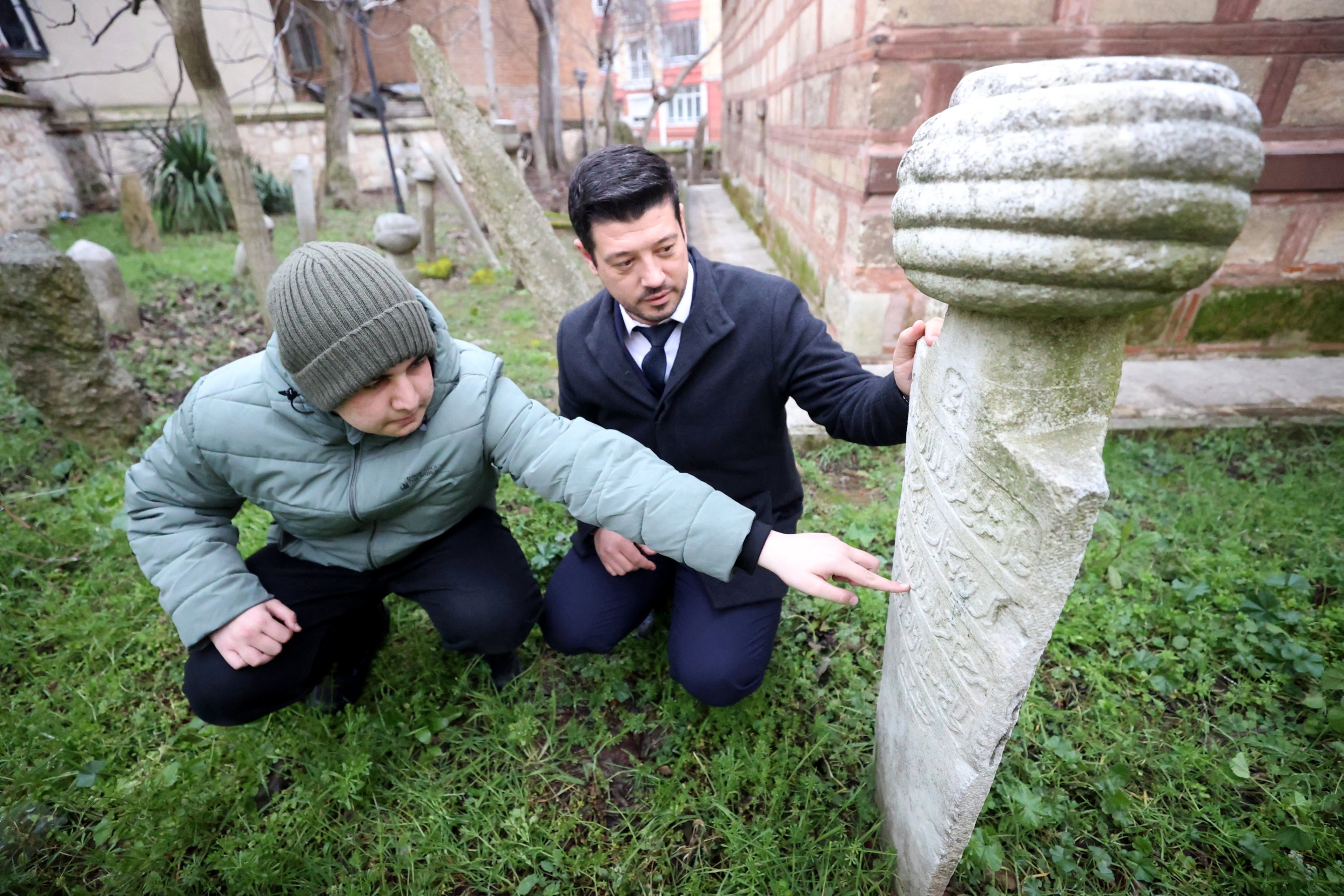
Speaking to Anadolu Agency (AA), Kuzey Abidin Kösegil shared his love for reading Ottoman Turkish. He learned to read and write the script from his uncle and with the guidance of his school principal, he embarked on this project, translating the Ottoman inscriptions on the tombstones into Turkish and digitizing the information.
Kösegil emphasized that the QR codes would allow everyone to access detailed tombstone information, expressing his interest in Ottoman history. He added, “My uncle taught me Ottoman Turkish. I improved myself and visited all the mosques in Kırklareli, reading the inscriptions. I even visited fountains.”
He believes his project will serve as an example for the entire country and is eager to continue developing it. Kösegil mentioned that Kırklareli doesn’t have many tombstones with inscriptions, but cities like Edirne and Istanbul, historical capitals, have more. “This work gives me a great feeling. I get to know our ancestors – what their life was like, when they passed away, and even the smallest details about them,” he said.
Cahit Tosun, the school principal, emphasized their goal of preserving history and passing it down to future generations. He explained that by translating the inscriptions into Turkish, they aimed to satisfy people’s curiosity about the origins and eras of the tombstones.
Tosun observed that tombstones provide valuable information and said, “Abidin translated the inscriptions into Turkish. We wanted to create an application with modern technology so people could read, understand and learn about the history of these tombstones. Through the QR code, everyone can access this information.”
Tosun added that they hope to extend this project to other historical sites, such as mosques and fountains. He revealed plans to implement QR codes next to tombstones in the near future so visitors can scan them with their smartphones to gain historical insights. The information will also be available on the school’s website.
“We’ve already completed work on 14 tombstones. Of course, we plan to expand this. Some tombstones are too worn out to be translated due to time and weather conditions, but we will continue with those that are still readable. We also aim to translate inscriptions from the tombstones, mosques and fountains,” said Tosun.

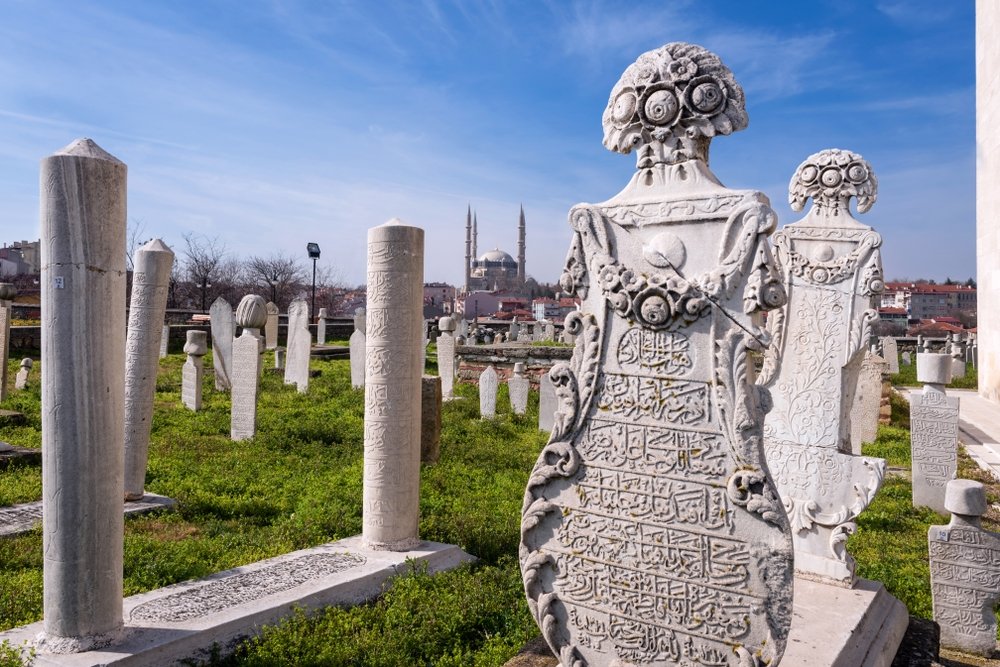

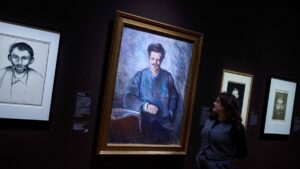

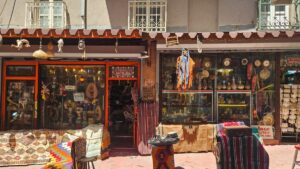






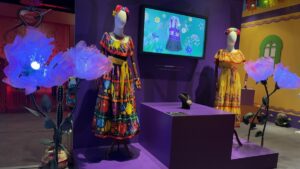
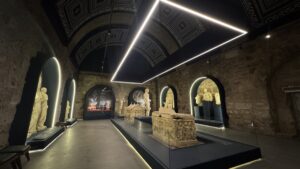
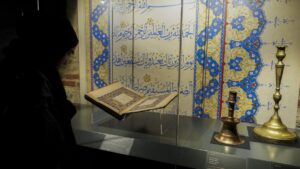


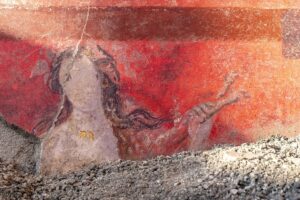


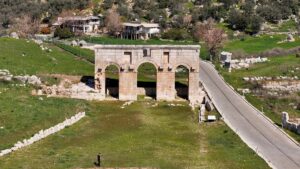


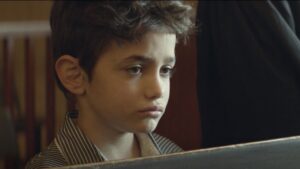







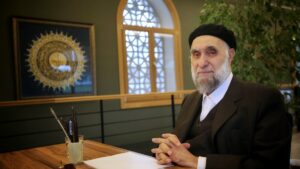




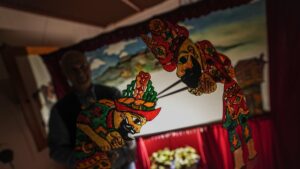

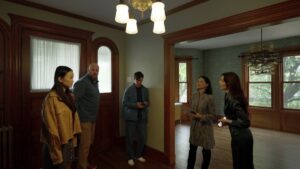
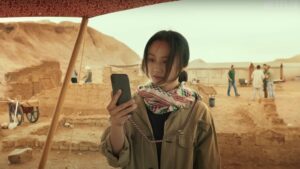
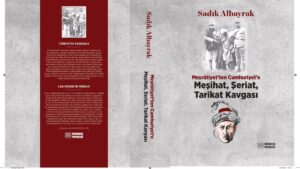
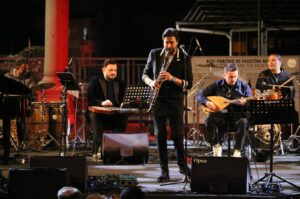



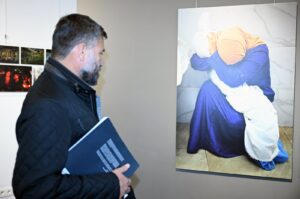


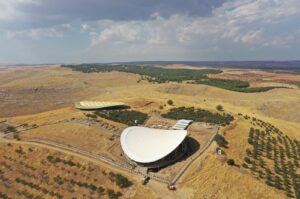
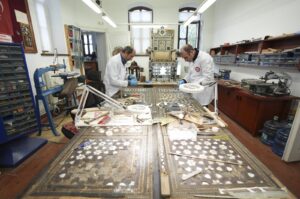


Be First to Comment